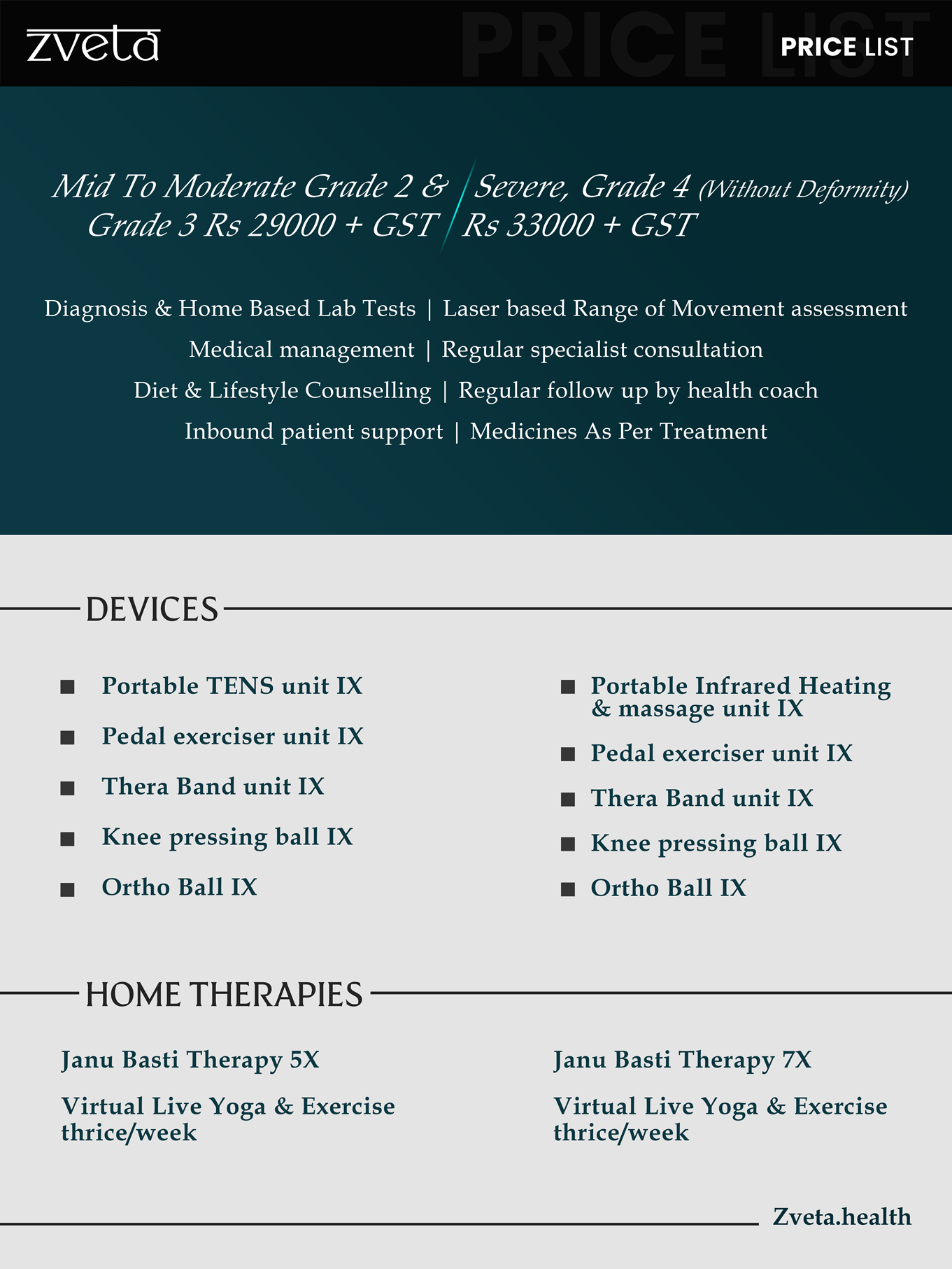Isometric exercises are often overlooked in favor of more dynamic workouts, but they can offer a compelling approach to fitness that emphasizes strength and control through static holds rather than traditional movements.
These exercises challenge the misconception that rigorous activity is the sole path to fitness gains, proving that sustained muscle engagement can yield remarkable results. With minimal equipment and space requirements, isometrics are accessible to anyone seeking to enhance muscle strength, improve neuromuscular coordination, and achieve overall well-being. They can be a perfect addon to your daily workout routine, or even stand on their own for some basic gains. Here is everything you need to know about isometric exercises.
Understanding Isometric Exercises
Think about pushing against a wall with all your strength, yet the wall doesn’t move an inch. This is the core concept behind isometric exercises. Unlike traditional exercises where your joints move through a range of motion (such as in bicep curls or squats), isometric exercises involve contracting your muscles without any visible movement in the surrounding joints.
- How isometric exercises work
Isometric exercises involve contracting a muscle or group of muscles without changing the length of the muscle or moving the joint. This means you hold a static position, exerting force without actually moving.
- Static exercises
Isometric exercises are essentially about maintaining static holds. Now, it might sound counterproductive, but they certainly work[1]. During these exercises, you hold a specific position for a certain duration, intensely engaging your muscles without any movement. A classic example is the plank, where you hold a push-up position with your core fully engaged, keeping your body steady.
- Core principle of isometric exercises
Isometric exercises rely on isometric contractions of the muscles. There are two main ways muscles contract – isotonic and isometric. During isotonic contractions, the muscle shortens or lengthens as it moves a joint (e.g., lifting a weight). In isometric contractions, the muscle length remains constant, but the tension within the muscle increases significantly as you push or pull against an immovable object (like the wall in our example) or your own bodyweight.
Benefits Of Isometric Exercises
Isometric exercises, though seemingly simple, offer a wide range of benefits that can enhance various aspects of physical fitness and overall health.
- Strength and muscle building
Isometric exercises are surprisingly effective for building strength. Research[2] has shown that isometric training can lead to significant strength gains, comparable to traditional weight training programs. While the gains from isometrics might not be as high for all muscle groups as those from dynamic weightlifting, they provide a convenient and accessible way to build strength, especially when focusing on specific muscles.
- Improved neuromuscular control
Beyond building muscle, isometric exercises enhance neuromuscular control, which is how effectively your nervous system communicates with your muscles. This improvement leads to better balance, coordination, and posture. A 2013 study in the Journal of Strength and Conditioning Research demonstrated that isometric core training improved balance and core stability in athletes[3].
- Improved blood pressure
Some studies suggest that isometric exercises, particularly those involving leg muscles, might help manage blood pressure. A 2023 study published in Frontiers in Physiology showed that isometric handgrip exercises could be an effective way to lower blood pressure[4]. However, it’s crucial to consult with a healthcare provider before using isometrics for blood pressure management, particularly if you have underlying health conditions.
- Safe and effective rehabilitation
Isometric exercises are invaluable for rehabilitation after injuries or surgeries. Since they involve minimal movement, they place little stress on joints while still engaging and strengthening surrounding muscles. This can be essential for promoting healing and regaining strength during recovery.
How to incorporate isometric exercises in your daily routine
The beauty of isometric exercises lies in their simplicity and convenience. You don’t need fancy equipment or a dedicated gym session to reap their benefits. Here are some tips to seamlessly integrate isometrics into your daily routine:
- Short bursts throughout the day
Isometric exercises are perfect for short bursts of activity. Hold a plank for 30 seconds while waiting for your kettle to boil, squeeze a stress ball during work calls, or perform wall sits while brushing your teeth. These micro-workouts add up throughout the day, keeping your muscles engaged and improving overall strength.
- Turn everyday activities into isometric opportunities
Look for isometric opportunities in your daily activities. For example, focus on tightening your core muscles to maintain good posture while carrying something, or when climbing stairs, consciously engage your gluteal muscles with each step. Even simple actions like holding a heavy door open can be a sneaky isometric exercise.
- Desk exercises for office workers
If you have a sedentary job, isometric exercises can be a lifesaver. Perform neck stretches by gently pushing your head against your hand for resistance. Do shoulder shrugs to target your upper traps. Squeeze your glutes while sitting to activate your core. These subtle exercises can help combat stiffness and improve posture.
Concluding thoughts
Isometric exercises represent a unique and powerful addition to any fitness routine, challenging the notion that intense movement is always necessary for significant gains. They deliver impressive results through static holds that enhance muscle strength and neuromuscular control without the need for elaborate equipment or extensive space. While isometrics may not replace traditional weight training entirely, they provide a convenient and effective alternative for building strength, enhancing control, and promoting overall well-being. Embrace the simplicity and effectiveness of isometric exercises to achieve your fitness goals with confidence and consistency.


